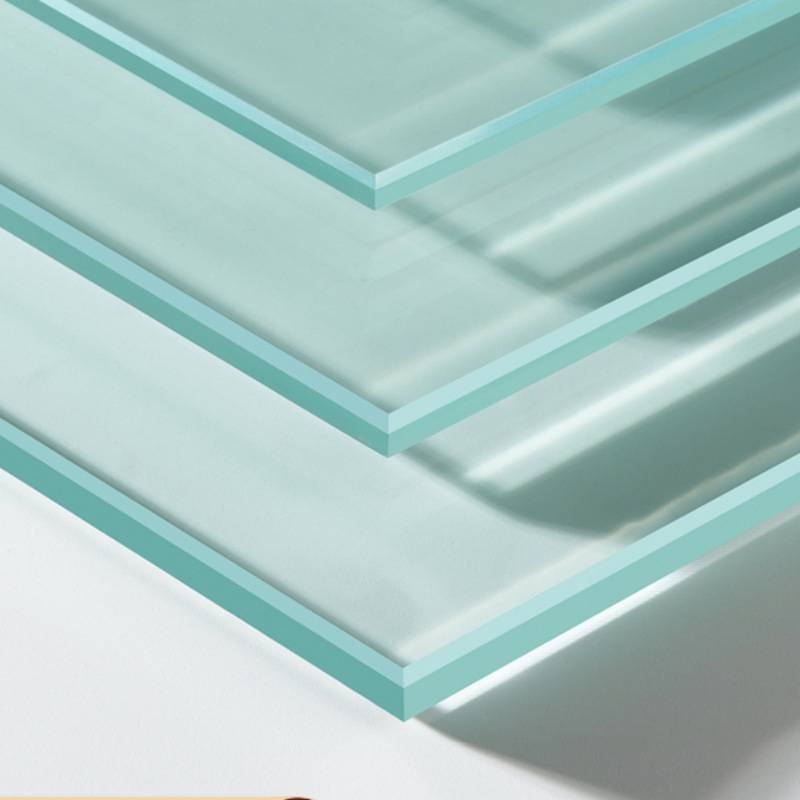The Significance of Tempered Glass in Modern Architecture
Tempered glass, also known as toughened glass, has become an essential material in contemporary architecture and design. Its unique properties make it an ideal choice for a plethora of applications, from building facades to interior design elements. With an increasing emphasis on safety, energy efficiency, and aesthetic appeal, tempered glass stands out as a superior option over traditional glass.
What is Tempered Glass?
Tempered glass is a type of safety glass that has been treated by controlled thermal processes to increase its strength compared to normal glass. This process involves heating the glass to approximately 620 degrees Celsius (about 1,148 degrees Fahrenheit) and then cooling it rapidly. This tempering process introduces a significant amount of internal stress that enhances the glass's resistance to impact and thermal stress. Consequently, when broken, tempered glass shatters into small, blunt pieces, reducing the risk of injury commonly associated with traditional glass breakage.
The Safety Advantages
One of the most significant advantages of tempered glass is its safety. In residential and commercial buildings, safeguarding occupants against injuries from broken glass is paramount. The shatter-resistant aspect of tempered glass significantly minimizes risks, making it a popular choice for glass doors, windows, and partitions in high-traffic areas. Additionally, it is widely used in bathrooms and other environments where safety is a primary concern, such as shower enclosures and pool fencing.
Energy Efficiency and Insulation
Another critical benefit of tempered glass lies in its energy efficiency. With advancements in glass technology, tempered glass can now be manufactured with insulating properties that help regulate indoor temperatures. This characteristic is particularly vital in modern architecture, where sustainability is a key factor. By reducing reliance on heating and cooling systems, tempered glass contributes to lower energy consumption and reduces the overall environmental footprint of buildings.
tempered glass used for
Furthermore, energy-efficient tempered glass can help in reducing glare and UV radiation, protecting interior furnishings and occupants from harmful exposure. Many modern buildings incorporate low-emissivity (Low-E) coatings on tempered glass, which reflect infrared energy and keep indoor spaces cooler during the summer months and warmer in winter, enhancing overall comfort.
Aesthetic Appeal and Design Flexibility
Beyond its practical advantages, tempered glass also offers enormous aesthetic potential. Its clarity and ability to integrate seamlessly into architectural designs provide limitless possibilities for creativity. Architects and designers appreciate the way tempered glass allows natural light to flood spaces while providing unobstructed views of the outside world. The use of glass can create a sense of openness and sophistication, transforming ordinary spaces into extraordinary ones.
Moreover, tempered glass is available in a variety of finishes and colors, making it a versatile choice for designers. Whether used in a minimalist modern home or a grand commercial building, tempered glass can elevate the visual impact of any structure. The ability to customize tempered glass with decorative patterns or textures allows for unique design elements that reflect the personality and vision of the architect.
Applications in Different Sectors
The adaptability of tempered glass extends beyond residential use. It is increasingly favored in commercial, automotive, and construction sectors. High-rise buildings often feature tempered glass for curtain walls, balconies, and sunshades due to its strength and aesthetic qualities. In the automotive industry, tempered glass is used for side and rear windows, providing safety and clarity.
Conclusion
As we move further into the 21st century, the demand for materials that provide safety, energy efficiency, and aesthetic appeal will only continue to grow. Tempered glass stands at the forefront of these demands, proving itself as an indispensable material in modern construction and design. Its combination of strength, safety, and beauty makes it an intelligent choice for architects, builders, and homeowners alike. As technology continues to advance, tempered glass will undoubtedly play an even more critical role in the architecture of the future, seamlessly blending functionality with elegance.
 Afrikaans
Afrikaans  Albanian
Albanian  Amharic
Amharic  Arabic
Arabic  Armenian
Armenian  Azerbaijani
Azerbaijani  Basque
Basque  Belarusian
Belarusian  Bengali
Bengali  Bosnian
Bosnian  Bulgarian
Bulgarian  Catalan
Catalan  Cebuano
Cebuano  Corsican
Corsican  Croatian
Croatian  Czech
Czech  Danish
Danish  Dutch
Dutch  English
English  Esperanto
Esperanto  Estonian
Estonian  Finnish
Finnish  French
French  Frisian
Frisian  Galician
Galician  Georgian
Georgian  German
German  Greek
Greek  Gujarati
Gujarati  Haitian Creole
Haitian Creole  hausa
hausa  hawaiian
hawaiian  Hebrew
Hebrew  Hindi
Hindi  Miao
Miao  Hungarian
Hungarian  Icelandic
Icelandic  igbo
igbo  Indonesian
Indonesian  irish
irish  Italian
Italian  Japanese
Japanese  Javanese
Javanese  Kannada
Kannada  kazakh
kazakh  Khmer
Khmer  Rwandese
Rwandese  Korean
Korean  Kurdish
Kurdish  Kyrgyz
Kyrgyz  Lao
Lao  Latin
Latin  Latvian
Latvian  Lithuanian
Lithuanian  Luxembourgish
Luxembourgish  Macedonian
Macedonian  Malgashi
Malgashi  Malay
Malay  Malayalam
Malayalam  Maltese
Maltese  Maori
Maori  Marathi
Marathi  Mongolian
Mongolian  Myanmar
Myanmar  Nepali
Nepali  Norwegian
Norwegian  Norwegian
Norwegian  Occitan
Occitan  Pashto
Pashto  Persian
Persian  Polish
Polish  Portuguese
Portuguese  Punjabi
Punjabi  Romanian
Romanian  Russian
Russian  Samoan
Samoan  Scottish Gaelic
Scottish Gaelic  Serbian
Serbian  Sesotho
Sesotho  Shona
Shona  Sindhi
Sindhi  Sinhala
Sinhala  Slovak
Slovak  Slovenian
Slovenian  Somali
Somali  Spanish
Spanish  Sundanese
Sundanese  Swahili
Swahili  Swedish
Swedish  Tagalog
Tagalog  Tajik
Tajik  Tamil
Tamil  Tatar
Tatar  Telugu
Telugu  Thai
Thai  Turkish
Turkish  Turkmen
Turkmen  Ukrainian
Ukrainian  Urdu
Urdu  Uighur
Uighur  Uzbek
Uzbek  Vietnamese
Vietnamese  Welsh
Welsh  Bantu
Bantu  Yiddish
Yiddish  Yoruba
Yoruba  Zulu
Zulu 

